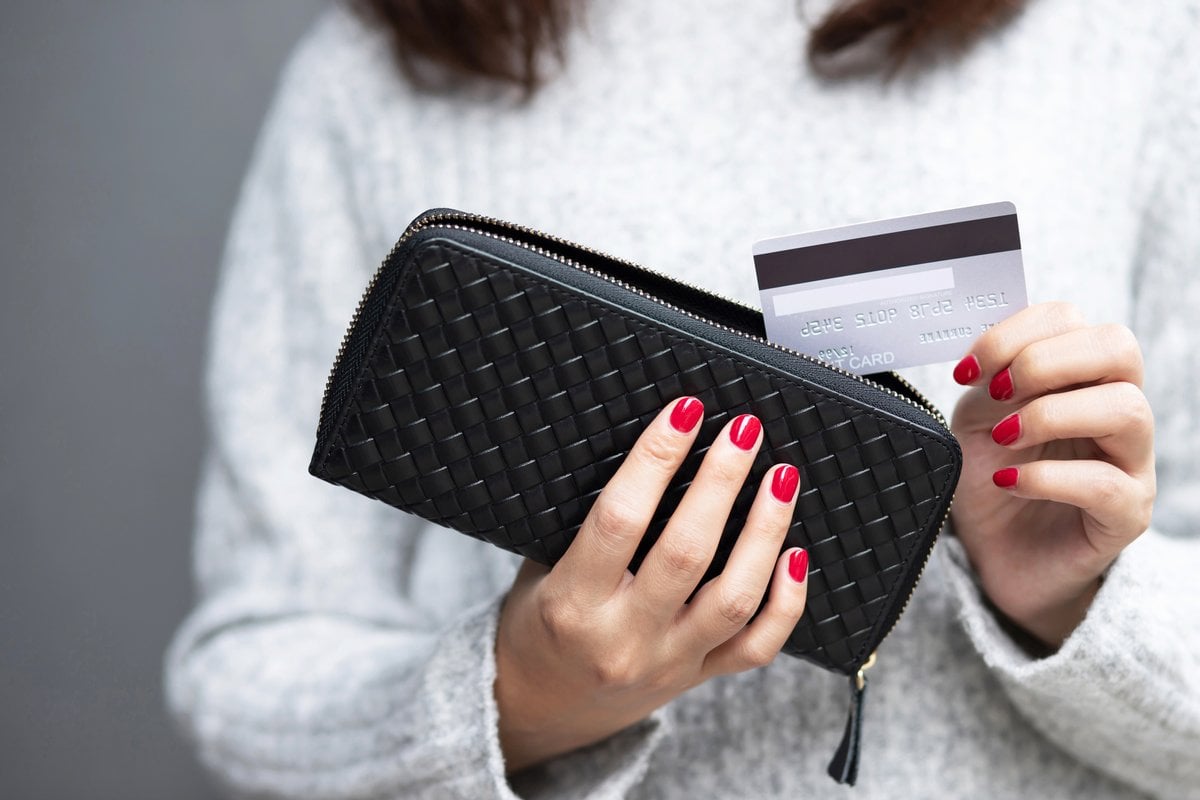
Cash is in crisis. In Australia, it’s now only used for 16 per cent of in-person transactions, down from about 70 per cent in 2007.
The situation is so dire that on Monday, independent federal MP Andrew Gee introduced a private member’s bill that would force businesses to accept cash or else face big fines.
The reality is that over the past decade, technological advancements have utterly transformed the way we pay for goods and services.
Phones and smartwatches can now easily be used to pay by card, and buy-now-pay-later schemes and cryptocurrency payments offer further alternatives.
The shift away from cash-only accelerated throughout the COVID pandemic, as health experts recommended avoiding using it for hygiene reasons.
Despite these big changes in how we spend money, Australians have perhaps been more focused on how much amid a stubborn cost-of-living crisis.
Watch: The money hacks that don't cut out your daily cup of coffee. Post continues after video.
In light of this, The Conversation's research team wanted to investigate how our choice of payment method can interact with our actual spending habits.
Their latest research offers a simple solution for anyone looking to save money — carry more cash.
We pay less when we pay cash.
Drawing on both academic and industry sources, The Conversation's research team combined the results from more than four decades of prior research on spending behaviour and payment methods into a large dataset.